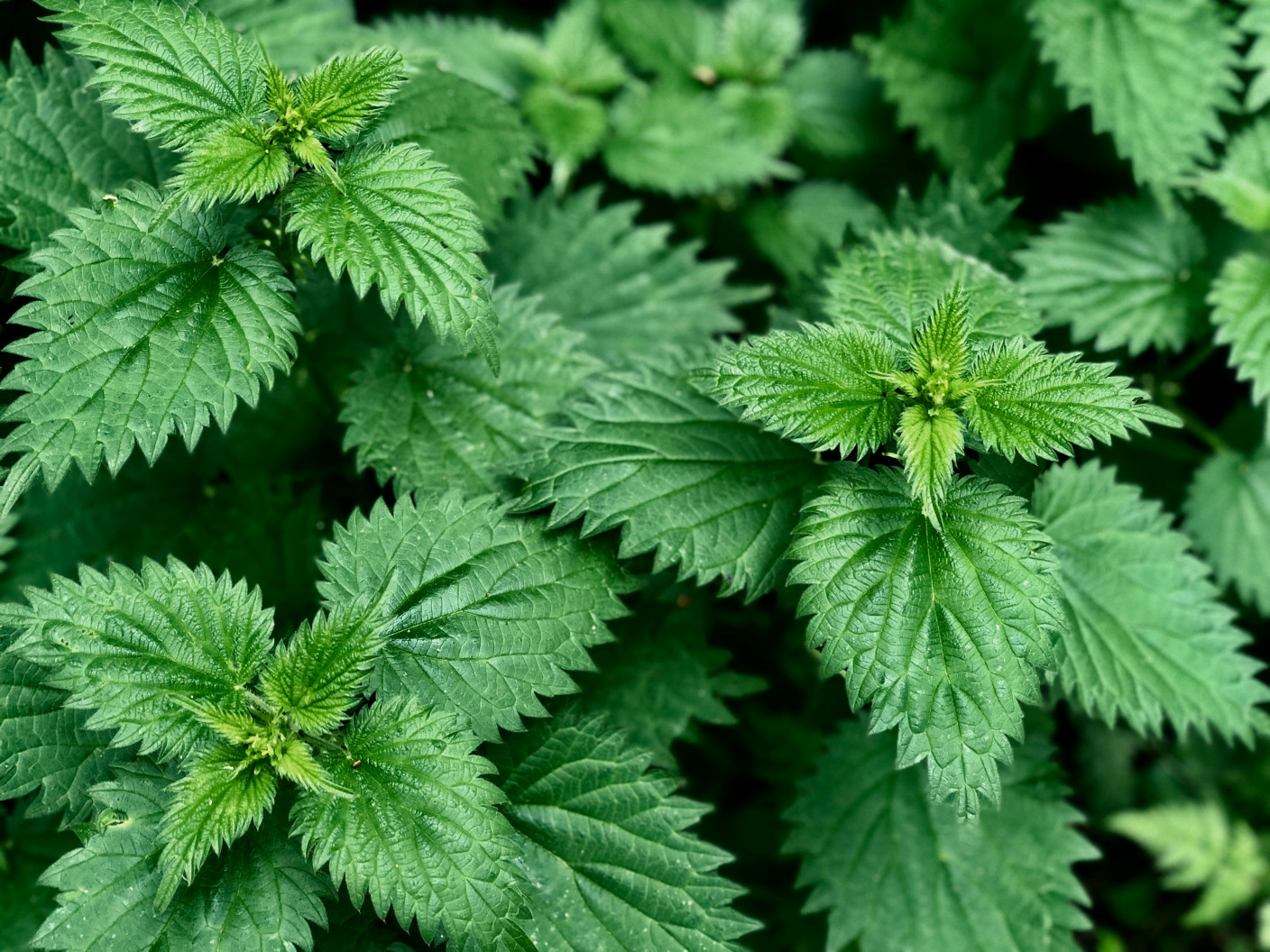
Making Nettle Slurry as Liquid Manure: Tips & Instructions
Nettle liquid manure supplies the plant with natural nitrogen, potassium and other important minerals. It is also an ecological pesticide, as it strengthens the plant and makes it more resistant. On the other hand, the nettle toxins dissolved in the liquid manure keep unwanted guests away. In this article, we explain how you can make your own nettle slurry and how to use it correctly in the garden.
This Article Contains:
- Nettle Slurry for the Garden
- Nettle Macerate as a Fertilizer: Ingredients & Effect
- Make Your Own Nettle Slurry: A Guide
- Shelf Life of Nettle Slurry
- Using Nettle Macerate in the Garden
- Mixing Ratio for Nettle Slurry as Fertilizer
- Preventive Plant Protection: Nettle Slurry to Strengthen Plants
- Promoting Decomposition: Nettle Slurry for Compost
- Frequently Asked Questions About Nettle Slurry
Quick Overview
Prepare Nettle Slurry: This Is How It Works
- Cut the nettles into small pieces and put them in a bucket
- Fill the bucket with water
- Cover the bucket with a cloth or loosely with the lid. Never close it tightly! Fermentation produces gases that need to escape.
- Place the bucket in a warm, shady place.
- Stir the bucket once a day.
- After two weeks, the nettle slurry is ready.
- Pour the contents of the bucket through a sieve or cloth to remove the plant parts.
Mixing Ratio and Application in the Garden
- Nettle manure as a fertilizer:
- apply undiluted as a basic fertilizer for the soil
- as a fertilizer for the plants, diluted, depending on the crop, between 1:10 (heavy feeders), 1:20 (medium growers), 1:50 for foliar fertilization
- as a plant strengthening agent against pests, diluted at a ratio of 1:10
Nettle Slurry for the Garden
Nettle slurry is the product of fermentation of fresh or dried parts of the nettle plant. Fermentation is a natural process that takes place under low-oxygen conditions. Many effective microorganisms such as lactic acid bacteria are involved, which metabolize carbohydrates (carbon). Other nutrients such as nitrogen, potassium and phosphorus are thus enriched in soluble form in the slurry.
Nettle Macerate as a Fertilizer: Ingredients & Effect
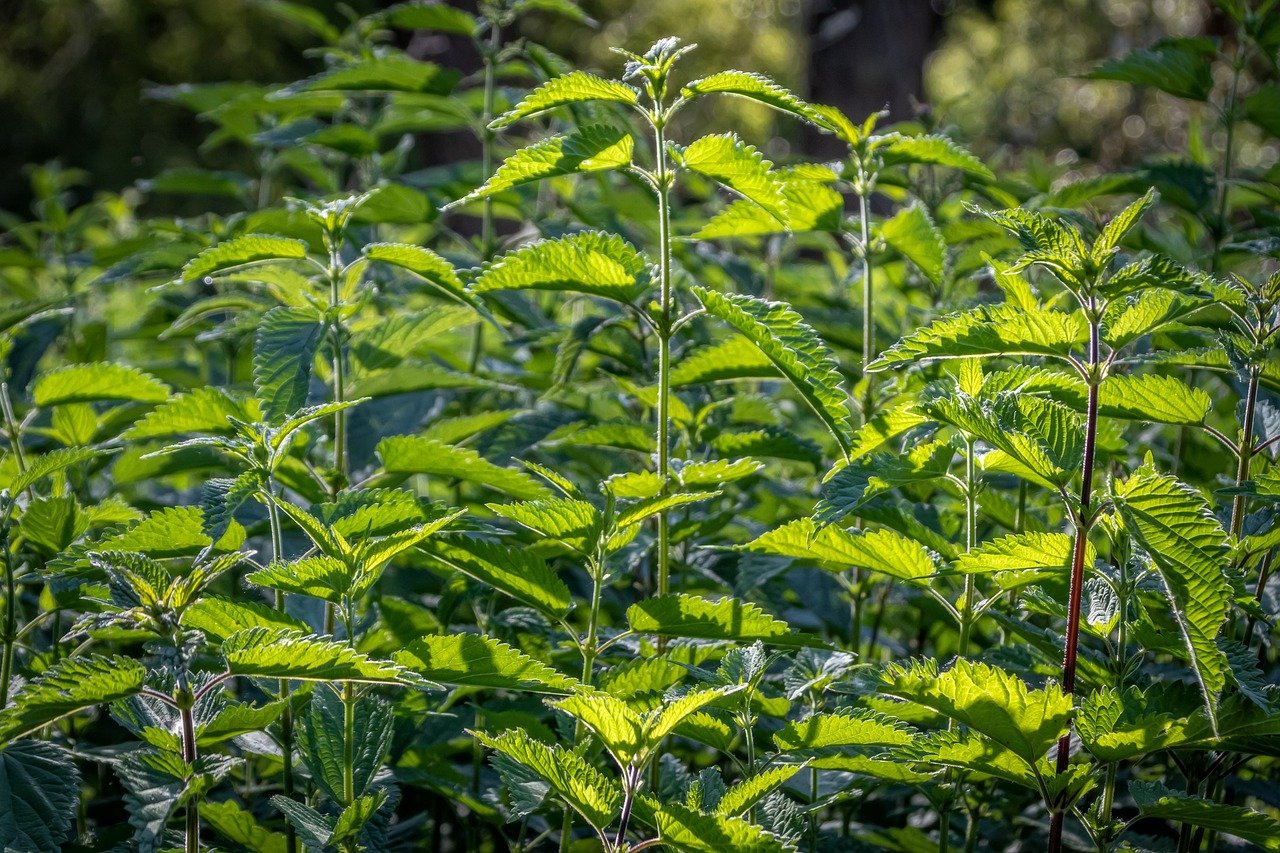
Nettle slurry is a great liquid fertilizer! The dissolved nutrients are readily available to plants and can be easily absorbed by them. This is why there is a rapid improvement in the event of a nutrient deficiency. The dissolved secondary ingredients act as defense substances against herbivorous pests and pathogens. This strengthens your plants' defenses. Fermentation also produces enzymes that support biological processes in the plant's metabolism and in the soil. Together with the active microorganisms in the ferment, these enzymes promote the build-up of humus in the soil. Nettle ferment therefore not only supplements nutrients, but also improves the general conditions of the plants.
Wild herbs can be used to make infusions and other extracts as well as slurries. You can find an overview of natural remedies for strengthening plants from wild herbs in the article on this topic. This is about plant infusions, teas and decoctions and their differences. A popular tea/decoction is horsetail decoction. In addition to plant teas, you can also infuse compost and make compost tea.

Want to Share Ideas With Other Gardeners?
To exchange ideas with other gardeners and benefit from their experiences, you can visit our Fryd community. Maybe someone has already made nettle manure and can give you some tips!
Join Our CommunityMake Your Own Nettle Slurry: A Guide
What You Need:
- 100 g/3.5 fl. oz. fresh or 25 g/0.88 fl. oz. dried nettles to 1 liter/2.1 pt of water
- rainwater
- Bucket made of wood, stone, plastic (no metal, as it can corrode due to the acidity of the fermentation!)
- optional clay, rock flour or compost
Instructions for Preparing the Liquid Manure
- Cut the nettles into small pieces and put them in a bucket.
- Fill the bucket with water. Rainwater is best for this.
- Cover the bucket with a cloth or loosely with the lid. Never close it tightly! Fermentation produces gases that need to escape.
- Place the bucket in a warm but shady place. The effective microorganisms like to be a little warmer and decompose the plant material more quickly.
- Stir the slurry once a day to speed up the fermentation process.
- After 10 to 14 days, at the latest after three weeks, the nettle slurry is ready. You can recognize this by the fact that there are no more rising bubbles or foam on the surface.
- Pour the contents of the bucket through a sieve or cloth to remove the plant parts. The fermented plant remains are great as mulch for your beds.
Our tip: To reduce the formation of unpleasant odors, you can add rock flour, clay or a little compost to the bucket when preparing the slurry.
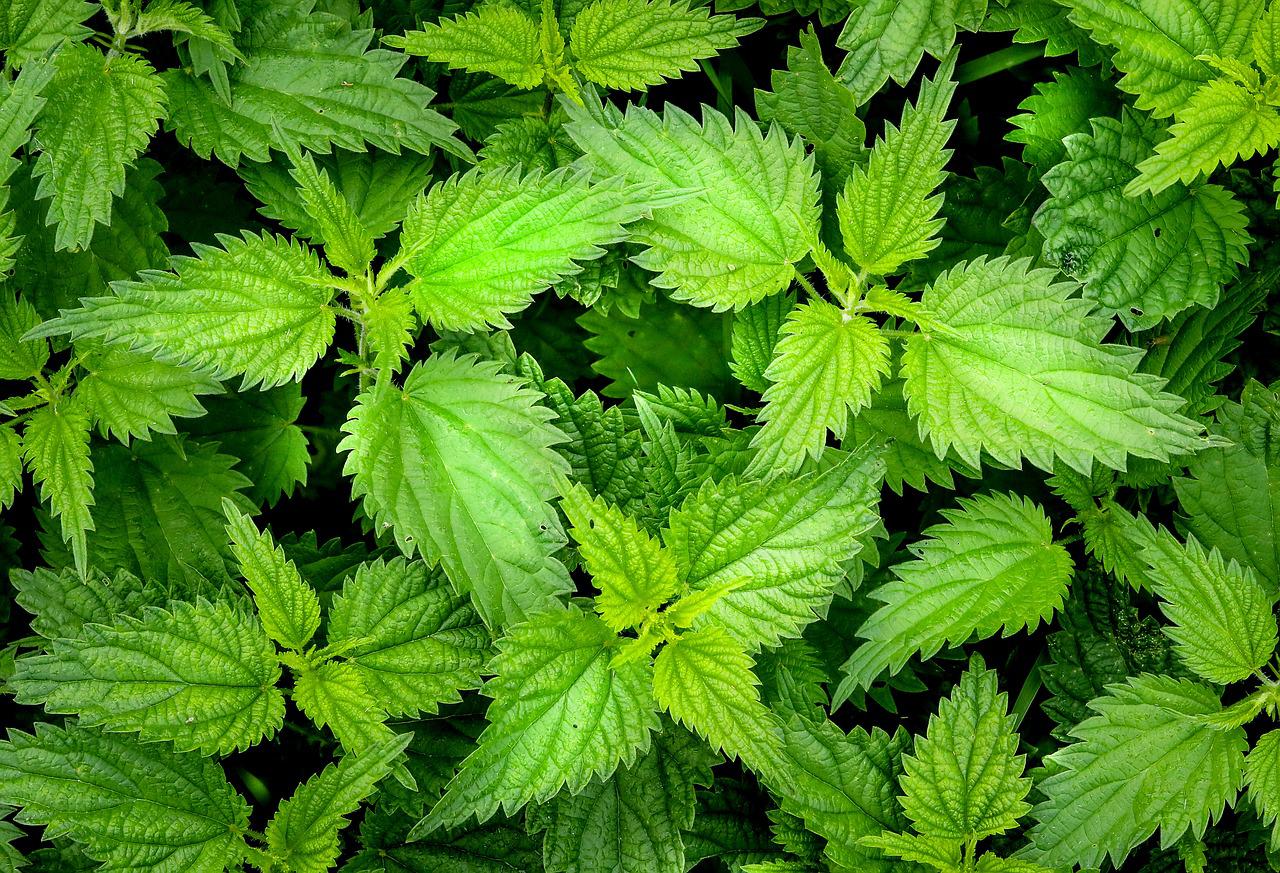
Shelf Life of Nettle Slurry
Slurry will keep for several weeks to months in a canister as long as you store it in a cool place. To be able to make new ferment regularly, you should dry nettles and other wild herbs for the cold seasons. The best time to harvest nettles for this is before they flower between May and July. Young nettles contain the most minerals and vitamins.
Using Nettle Macerate in the Garden
Due to the lactic acid fermentation, nettle liquid manure has an acidic pH value. To avoid burning the roots and leaves of the plants, you must dilute the nettle liquid manure before use. The mixing ratio varies according to the needs of the plants and the purpose of the application:
Mixing Ratio for Nettle Slurry as Fertilizer
You can use nettle slurry as a fertilizer in many different ways. Here is an overview of your application options
| Application | Dosage |
|---|---|
| as a basic fertilizer for the soil | Apply undiluted; work in before the start of the season (1 week before planting) |
| as foliar fertilizer for the crops | Diluted; apply every two weeks in the event of nutrient deficiency symptoms such as chlorosis |
| as fertilizer for crops and soil | Fertilize diluted every two weeks depending on the nutrient requirements of the crops |
Depending on the nutrient requirements of the crops, dilute the slurry to a greater or lesser extent with rainwater:
| Plants | Mixing ratio (slurry : water) |
|---|---|
| heavy consuming plants | 1 : 10 |
| Medium-demanding plants, sensitive plants & seedlings | 1 : 20 |
| Low-yielding and nitrogen-fixing plants | no fertilizer |
| Foliar fertilization for deficiency symptoms | 1 : 50 |
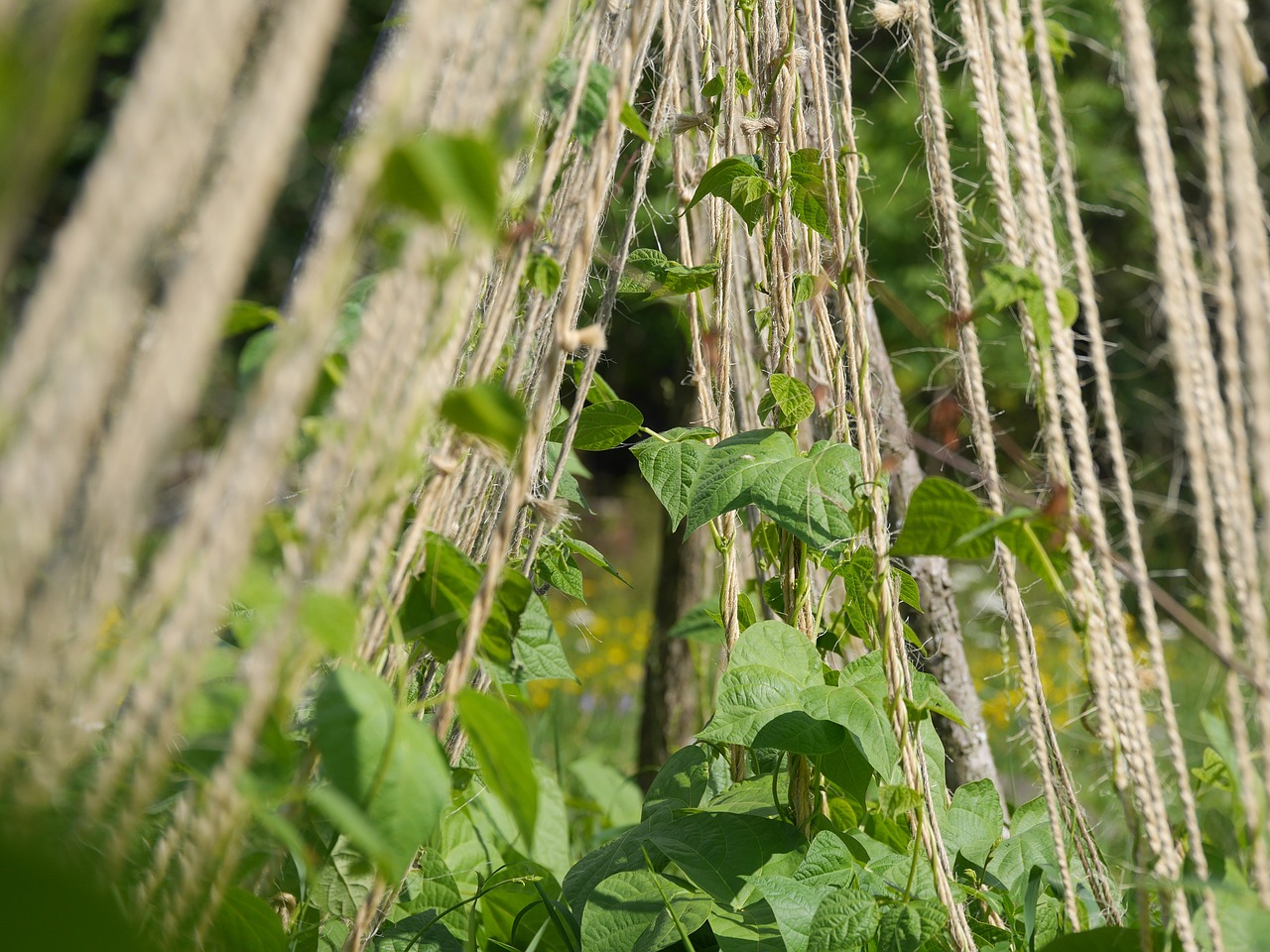
Preventive Plant Protection: Nettle Slurry to Strengthen Plants
- Although nettle slurry is often described as a natural miracle cure for plant protection, its effect is still controversial. Often there is no significant success after application in the event of an infestation. The power of nettle liquid manure lies more in its preventative effect.
- The ingredients in nettle liquid manure make your plants more resistant to pathogens and pests. This means that an infestation can be averted in advance or at least reduced. This is mainly due to the cell wall-strengthening effect of the silicic acid. On the one hand, the stronger cell walls mean that pathogens cannot penetrate the plant as easily. On the other hand, it makes it more difficult for sucking insects, such as aphids, to suck the valuable assimilates from the leaves.
| Application | Mixing ratio |
|---|---|
| as a plant strengthener against pests | Apply diluted at a ratio of 1 : 10 every 7 to 14 days |
This is important to note:
- Do not spray any parts of the plant that you still want to eat.
- Also spray the underside of the leaves, as this is where many pests such as aphids nest
- The smell of nettle liquid attracts cabbage white butterflies. If you have a problem with this pest in the garden, you can alternatively choose a ferment made from tansy or wormwood.
Promoting Decomposition: Nettle Slurry for Compost
- As nettle liquid manure has a bioactive effect, it is also worth watering the compost with the undiluted preparation from time to time. This accelerates composting and enriches the compost with valuable nutrients. You can also benefit from this effect after green manuring. After the plant parts have been worked into the soil, nettle manure supports their conversion into fertile garden soil.
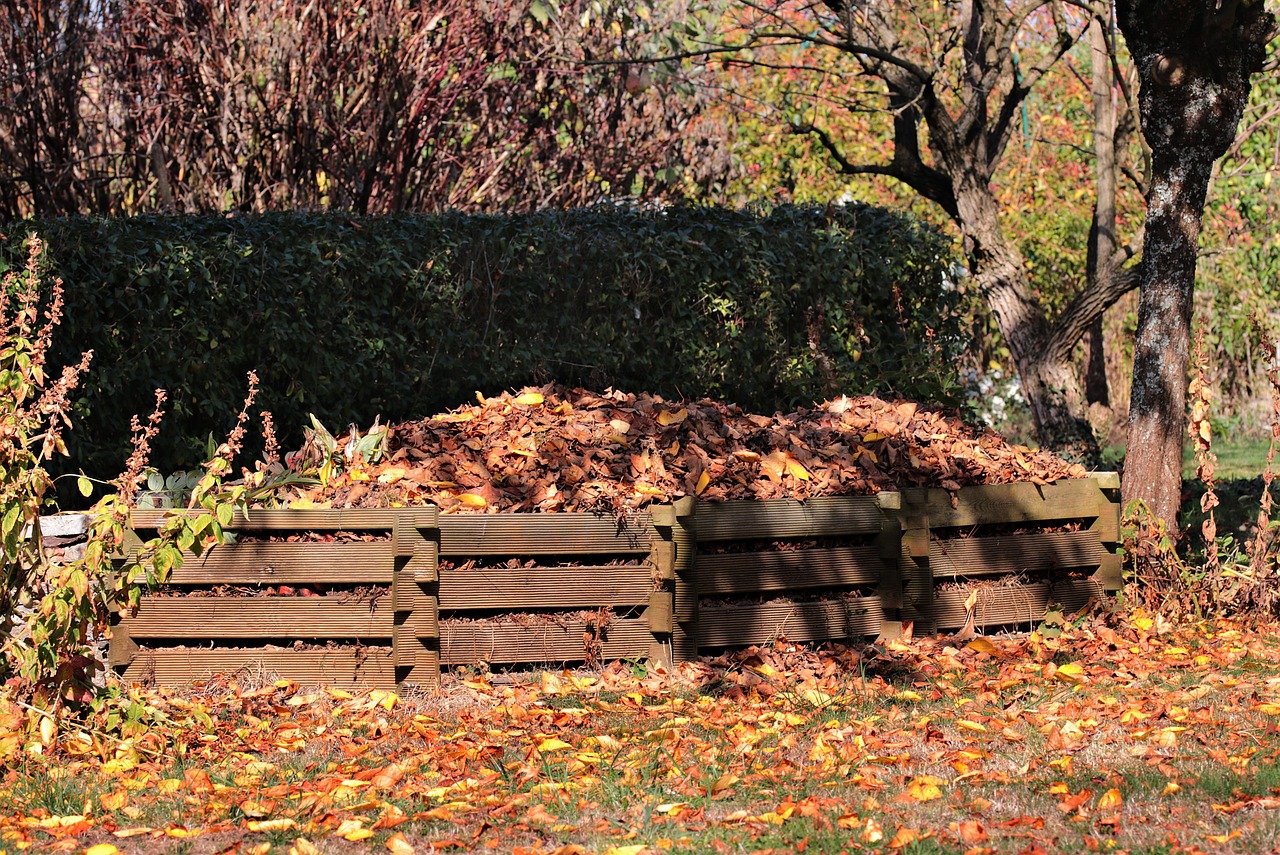
Good luck with your nettle slurry! If you have any questions or comments, please write to us at magazin@fryd.app or share your experiences with us on social media.
Want to get helpful gardening tips all year round and plan your own beds in the best possible way? Then register here or download the Fryd app for Android or iOS.
Fryd - Your digital bed planner
Cover image by Paul Morley on Unsplash.
Marie
Current Topics in the Community

#red , #tuesday

Liked 1 times
#testpostcount

Dec 2025
Popular Articles

Companion Plants for Carrots: What (Not) to Plant With Carrots

Companion Plants for Celery : What (Not) to Plant With Celery?

Strawberry Types: List of Best Strawberry Varieties

Companion Planting With Strawberries: Companion Plants and Planting Plan

Basil Varieties & Types at a Glance

What to Plant With Cabbage: Good and Bad Companion Plants

Fertilizing Strawberries: Home Remedies & Natural Fertilizers at a Glance

Growing Sweet Potatoes: Tips on Cultivation & Companion Plants

Companion Plants for Kitchen Herbs: Chives, Parsley & Co

What Herbs Can Be Planted Together?
FAQ
Nettle slurry is a natural fertilizer and plant protection product made by fermenting nettles. This liquid manure provides nitrogen, potassium and other important nutrients and active ingredients.
How do you make nettle slurry?
The nettles are chopped up, soaked in water and left to ferment in a warm and shady place. The slurry is ready after about two weeks.
What is the shelf life of nettle slurry?
Manure can be stored in a canister in a cool place for several weeks to months and can be used in the garden.
How do you use nettle slurry in the garden?
Nettle slurry must be diluted before use. The mixing ratio depends on the needs of the plants and the intended use. You can find out more in the article.